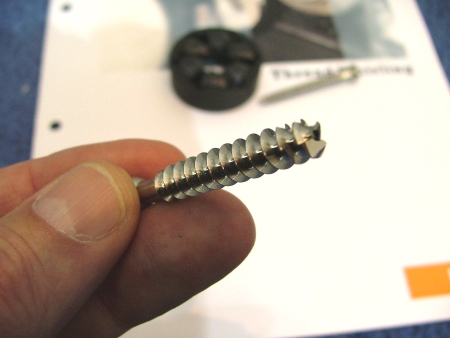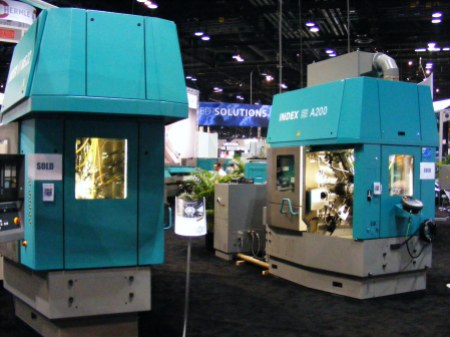We just completed our 2013 Business Forecast Report, a compilation of markets served by our industry as measured by percent of supplier dollars, and shipments versus forecast for the past couple of years. A forecast consolidating all respondents’ input on a market by market basis. And a look at markets served by size of shop.
I can’t share that, but I can share the latest data on the size of the precision machining industry from the US Census 2010 Annual Survey of Manufactures.

NAICS 332721 Industry Statistics:
Companies (2009 data) 3,198
Employees 78,070
Dollar Value of Shipments $13,314,415,000
Average Sales Per Employee $170,545
Source: U.S. Census 2010 Annual Survey of Manufactures (except as noted)
About the Precision Machining Industry:
The Precision Machined Products Industry consists of a diversified manufacturing base producing highly engineered components to customer specifications using a variety of materials such as: steel, stainless steel, aluminum, brass, and aerospace alloys. Utilizing the latest technology, including CNC turning and milling centers, rotary transfer machines, CNC and automatic screw machines, these companies produce complex parts and complete assemblies for finished goods such as: automobiles, aircraft, heavy truck, medical devices, appliances, construction equipment and much more. The industry is best described statistically under NAICS 332721.
Here is a surprising fact that I can share from our survey that will make you scratch your head too: The second largest market served by our industry was All Other…









